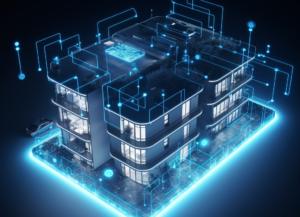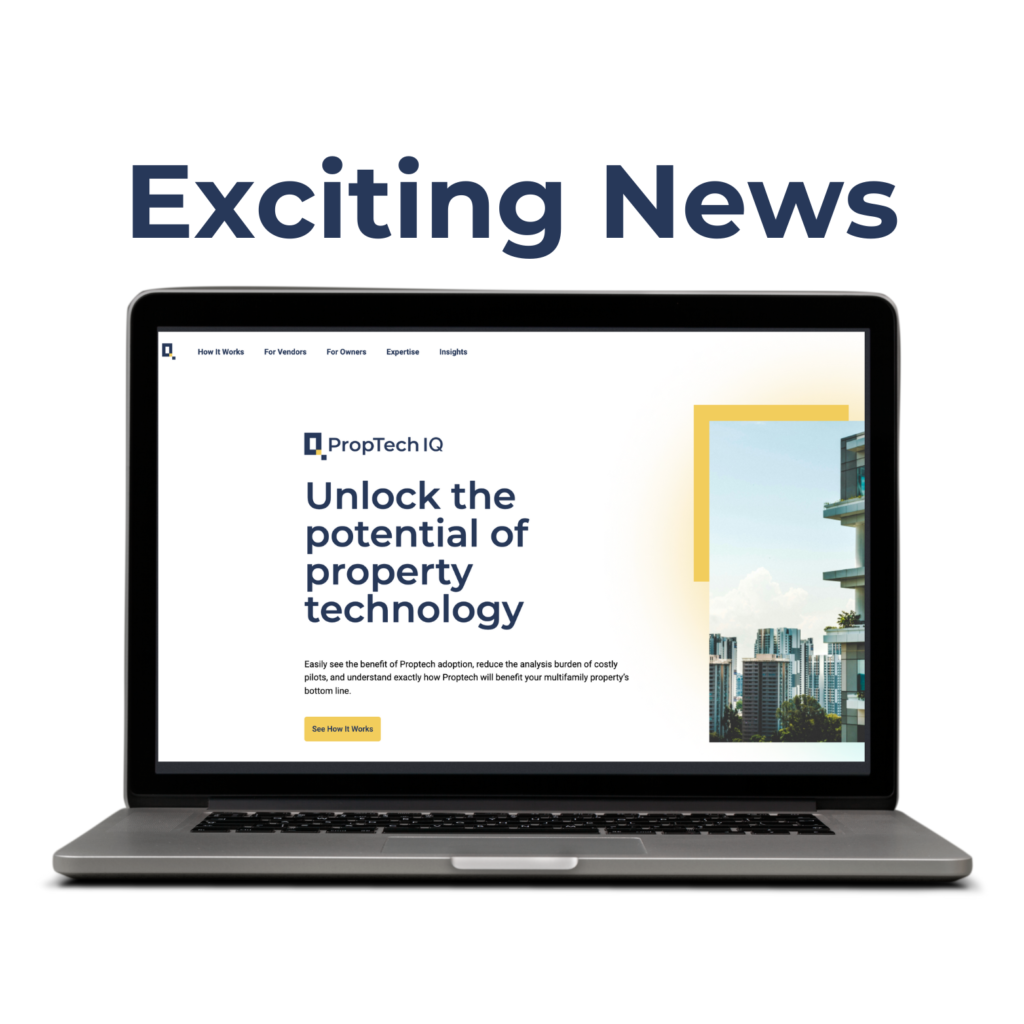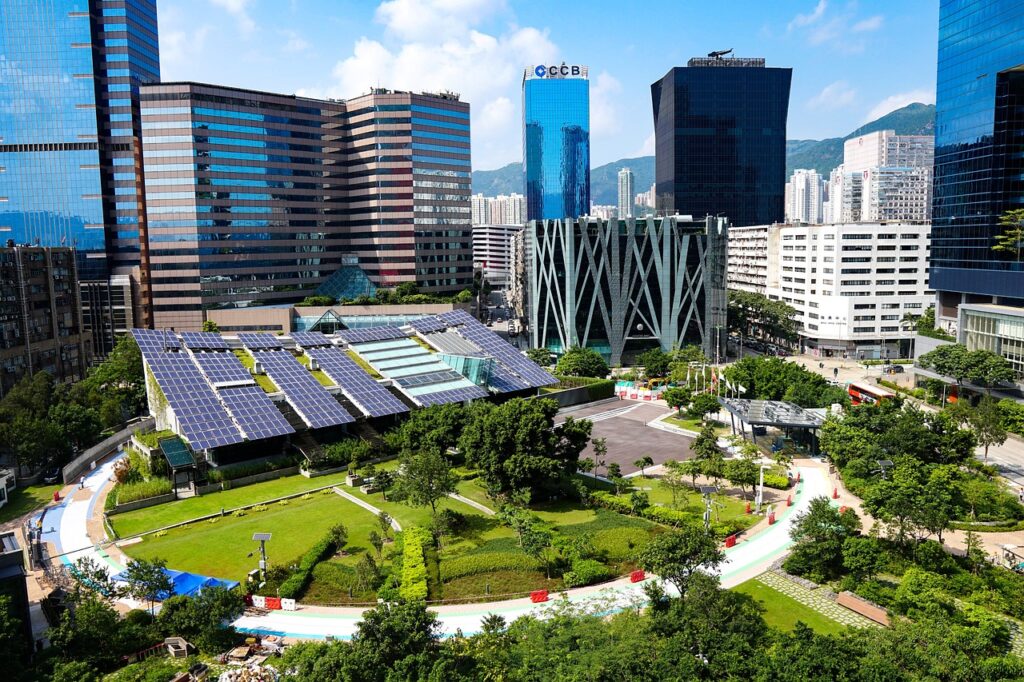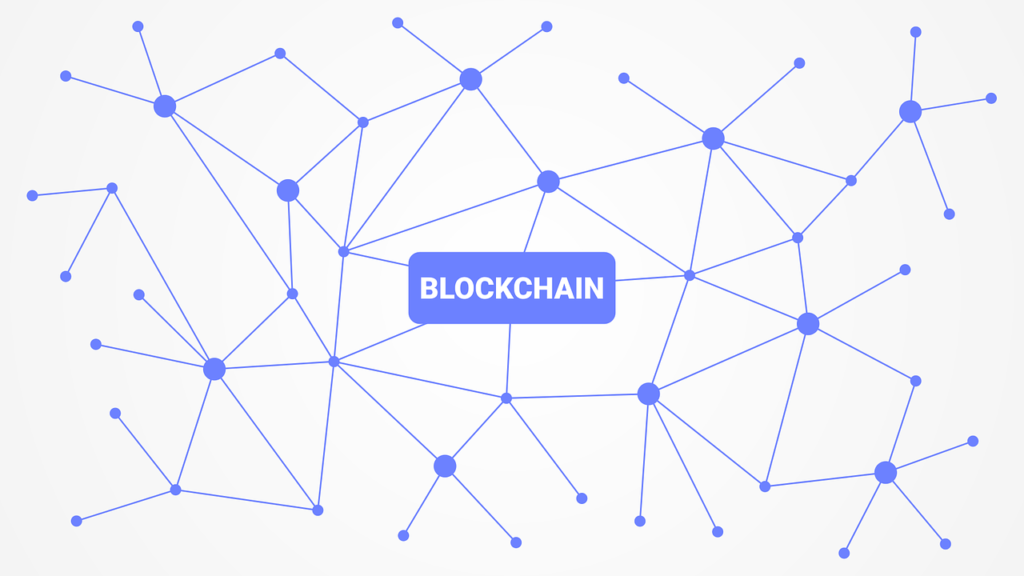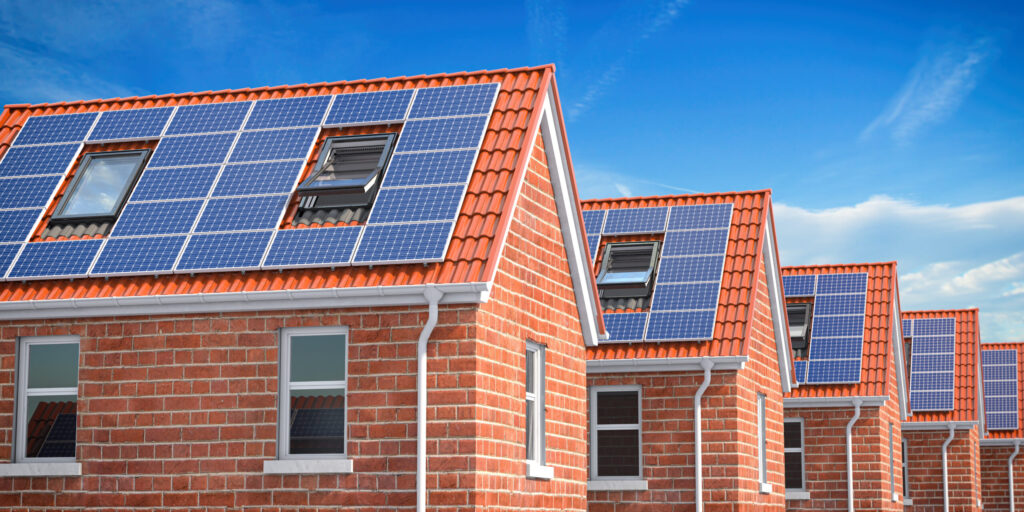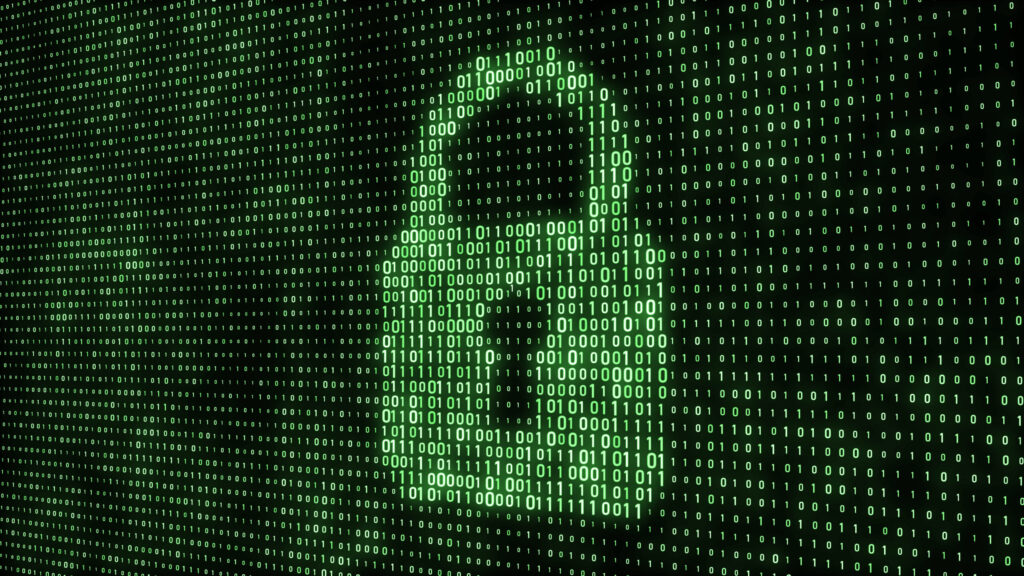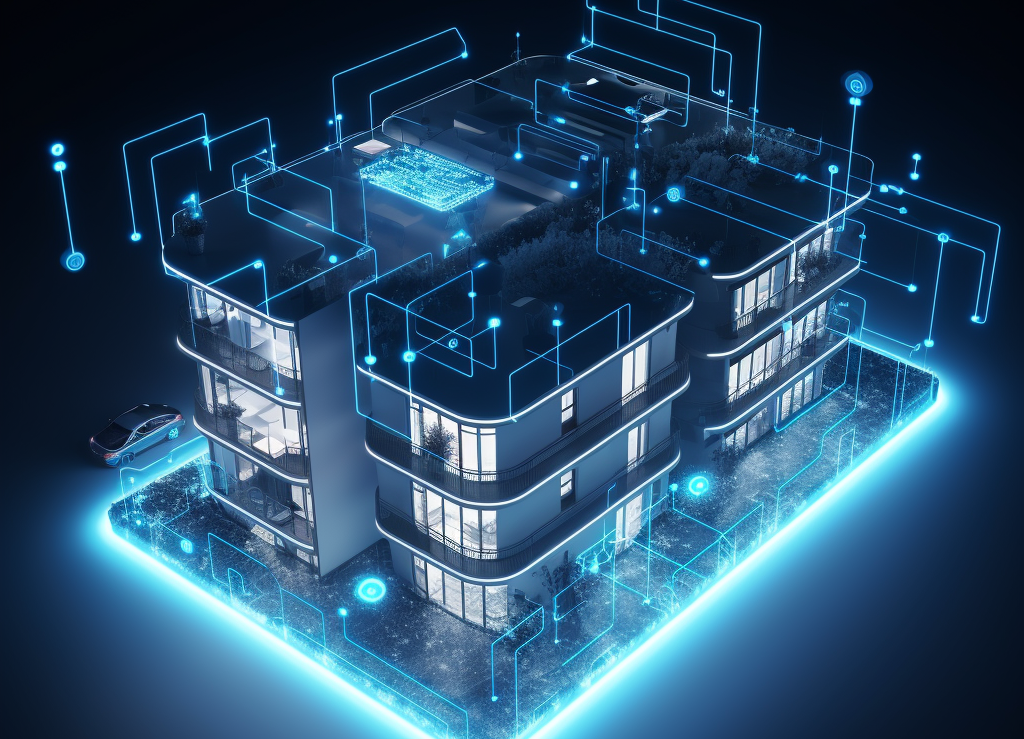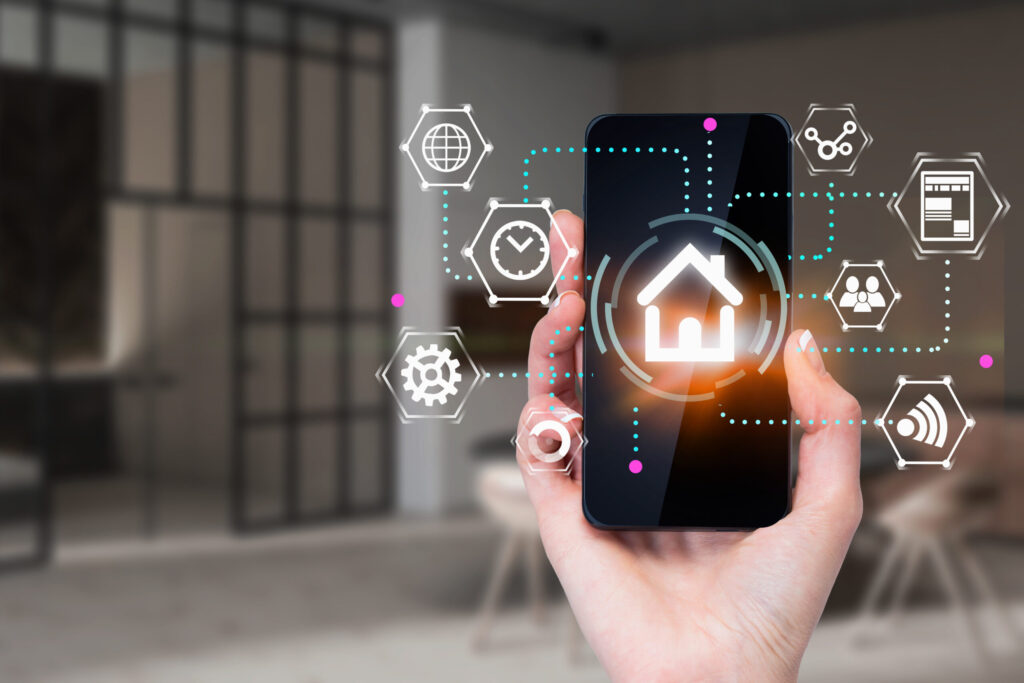As more individuals and families adapt to working from home or working remotely, the demand for multifamily housing and the design of these living spaces have evolved to cater to this new way of life. In this article we will delve into the influence of remote work on multifamily housing designs, community amenities, and challenges that may arise from this transformation. By examining these various aspects, we aim to provide a comprehensive understanding of how remote work is shaping the future of multifamily living.
Evolution of Remote Work
Remote work can be traced back to the 1970s. The concept of telecommuting emerged as an alternative to traditional office-based work, facilitated by the introduction of personal computers and the internet. Fast-forward to today, where high-speed internet, mobile devices, and cloud computing have made it easier for employees to work from anywhere. Communication and collaboration tools such as video conferencing, instant messaging, and project management software have bridged the gap between remote team members.
The COVID-19 pandemic acted as a catalyst for increased remote work adoption. To curb the spread of the virus, businesses and organizations were forced to adapt to new ways of working, often transitioning to remote work almost overnight. As a result, remote work transitioned from a niche or luxury to a necessity for many. This rapid adaptation proved to employers and employees alike that remote work can be a viable, productive, and sustainable work model. Consequently, many companies have continued to embrace remote work even after the immediate threat of the pandemic subsided, marking a permanent shift in the way we work.
The Impact of Remote Work on Multifamily Living Space Design
As remote work becomes more common, the design of multifamily living spaces has evolved to meet the unique requirements of individuals working from home. Many new multifamily developments now include dedicated home offices or adaptable spaces within individual units that can be used as workstations. These spaces may feature built-in desks and storage to provide a comfortable and efficient environment for remote work.
In addition to in-unit workspaces, the concept of coworking spaces has extended into multifamily residential communities. Developers are incorporating shared workspaces within their properties to provide residents with access to professional spaces such as meeting rooms and printing facilities. As the lines between work and home continue to blur, multifamily housing design has embraced flexibility and adaptability.
Community Amenities and Services Catering to Remote Workers
Reliable, high-speed internet access is a crucial requirement for remote work. Multifamily developments are responding to this need by investing in robust technology infrastructure, including fiber-optic networks and Wi-Fi coverage throughout common areas. This ensures that residents can work seamlessly from their homes or shared spaces within the community.
To cater to the diverse needs of remote workers, multifamily developments are incorporating dedicated quiet zones and meeting spaces within their properties. These areas provide residents with a focused environment for work, as well as spaces for hosting meetings or collaborating with colleagues. Such spaces may be equipped with technology for video conferencing, presentations, and other professional needs.
Challenges & Solutions Related to Remote Work in Multifamily Housing
One of the challenges faced by remote workers in multifamily housing is maintaining a healthy work-life balance. With the boundaries between work and personal life becoming increasingly blurred, remote workers may struggle to separate their professional and personal lives. It is crucial for individuals to establish boundaries and create routines that allow them to disconnect from work during their personal time. Also, the lack of in-person interaction with colleagues and limited opportunities for socializing within the community may lead to feelings of isolation and loneliness. It is essential to have spaces and opportunities for residents to be active, socialize, and build connections with their neighbors to foster a sense of belonging and well-being.
Recognizing this, multifamily communities are beginning to offer a variety of fitness and wellness amenities for residents. These may include gyms, fitness studios, swimming pools, and outdoor recreational spaces. In addition, multifamily housing managers are facilitating social interaction by providing common areas, organizing events, and encouraging residents to connect with one another. By providing convenient access to wellness facilities and encouraging social interactions among residents, multifamily developments can promote a healthy and balanced lifestyle for remote workers.
Conclusion
The rise of remote work has had a significant impact on multifamily living trends: shaping the way these spaces are designed, the amenities provided, and the lifestyles they support. As remote work becomes more prevalent, multifamily housing developers have adapted their designs to include dedicated workspaces, coworking facilities, and flexible living arrangements. Moreover, they have recognized the need for a strong focus on community and well-being in their projects. Technological advancements and innovative design solutions will continue to play a crucial role in shaping the future of multifamily living. Furthermore, the focus on community-building and mental health will remain integral to the success of multifamily housing developments.
The impact of remote work on multifamily living trends is not limited to those currently working remotely. As the line between work and home continues to blur, individuals and families should consider how these trends may affect their own living situations. Whether you are a remote worker or not, understanding the evolving landscape of multifamily living can help you make informed decisions about your future housing needs and preferences.
